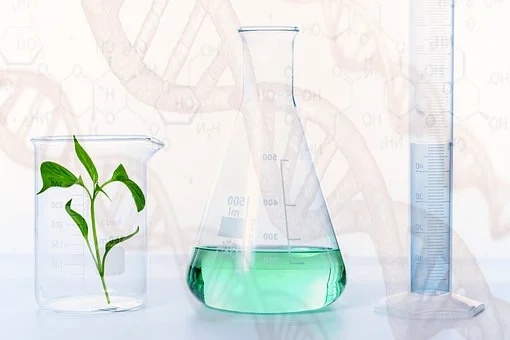Factual information about GMOs in Europe can be hard to find, especially in languages other than English. Instead there are a lot of misperceptions about a fascinating technology that has truly revolutionised food and farming in much of the developed and developing world.
This is why EuropaBio, together with partners in 11 countries, is launching the GMOinfo.eu website, which includes important information about GMOs in 10 different languages.
GM crops are already benefiting millions of small farmers and their families in 19 developing countries. The European Academies of Science confirm that “There is compelling evidence that GM crops can contribute to sustainable development goals with benefits to farmers, consumers, the environment and the economy.”
Today you will probably use something made with GMOs. From the clothes we wear to the crops we feed our animals, GMOs, such as GM cotton and GM maize and soy used in feed, have become the norm. And many new GMOs, from non-browning apples, to low acrylamide potatoes, and biofortified crops with healthier nutritional profiles, such as Golden Rice, have been developed.
Although Europeans contributed to the creation of the first GM crops, today a relatively small percentage of GM cultivation is located in Europe. That said, where GM maize is being grown here, it has been demonstrated to work effectively, and even significantly reduces naturally occurring carcinogens called mycotoxins. And around the world more farmers are growing GM crops than all EU farmers put together.
Source: EuropaBio











